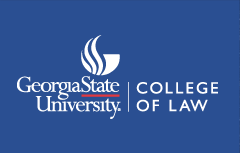Document Type
Article
Abstract
This study presents a new analysis of an iconic United States Supreme Court case, Holy Trinity Church v. United States (1892). The question in Holy Trinity Church concerned whether a law making it illegal to pay the transportation of a person entering the U.S. under contract to perform “labor or service of any kind” applied to a wealthy Manhattan church that had paid to bring its new rector from England to New York. The Supreme Court unanimously ruled that the law did not apply to the church’s contract, relying first on the ordinary meaning of “labor” and second on the legislative history of the single construction “labor or service.”
Highlighting the use of corpus linguistic methods, this study tests the arguments presented by the Court and reveals new insights through an analysis of historic and contemporary reference corpora and a specialized corpus of U.S. statutes. The results demonstrate that the disjunctive phrase “labor or service” appeared to be a legal term of art with narrow interpretation that would exclude clergy, but around the time of Holy Trinity Church, slight variations on the phrase (e.g., pluralization, conjunction, and modification) applied to contexts with broader meaning. When examining “labor” as an independent term, those who labored were generally not clergy and the description of the activities of clergy was typically not described as labor, although examination evidenced instances of both. The findings demonstrate the importance of consulting corpora in the evaluation of statutory and ordinary meaning and considering the sociohistorical contexts in which it occurs.
Recommended Citation
Tammy Gales & Lawrence M. Solan,
Revisiting a Classic Problem in Statutory Interpretation: Is a Minister a Laborer?,
36
Ga. St. U. L. Rev.
491
(2020).
Available at:
https://readingroom.law.gsu.edu/gsulr/vol36/iss5/7
